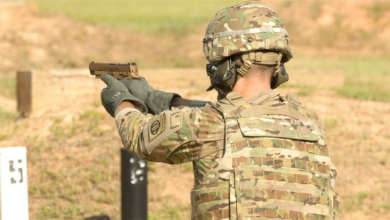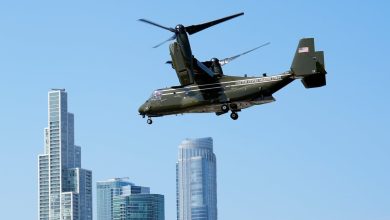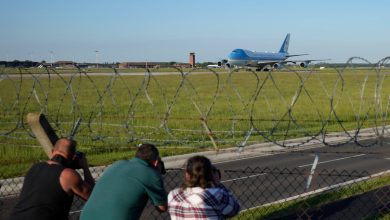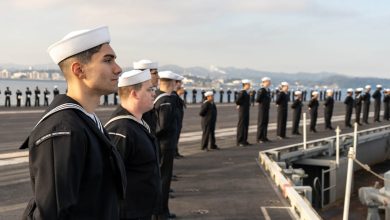Aircraft carrier USS Harry S. Truman deploys into a volatile world
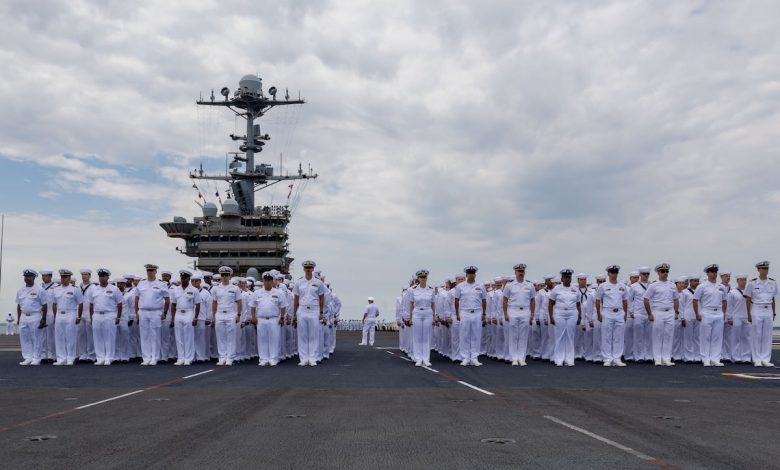
The aircraft carrier Harry S. Truman and its strike group deployed from Naval Station Norfolk, Virginia, on Monday, beginning what the Navy called a regularly scheduled deployment to the European theater.
But Navy flattops have undertaken anything but regular deployments in the past year.
Other East Coast carriers have seen their deployment plans uprooted by the ongoing war between Israel and Hamas, one that has repeatedly threatened to engulf the Middle East in a broader war since it began nearly a year ago.
American aircraft carriers have been at the forefront of Pentagon efforts to prevent the conflict from widening.
Fellow East Coast carrier Dwight D. Eisenhower was diverted to the Middle East last fall and spent nine months there before heading home this summer, while fellow carrier Gerald R. Ford conducted its own extended cruise in the Mediterranean Sea that ended earlier this spring.
West Coast carrier Theodore Roosevelt steamed over from the Indo-Pacific to relieve the Ike in July, and was later joined by the Abraham Lincoln.
TR departed the Middle Eastern waters of U.S. Central Command earlier this month.
So while the Navy says Truman’s deployment will be to Europe, it remains to be seen whether events in the Middle East will conform with those plans.
Ike’s deployment “highlighted the need for continuity in our sustained presence amid escalating international tensions,” Adm. Daryl Caudle, commander of U.S. Fleet Forces Command, said in a statement this week.
RELATED
Caudle added that the Truman and its strike group “will contribute to the ongoing training and combat readiness of our naval forces.”
“The operational experience gained through these deployments is invaluable for maintaining a deep bench of skilled warfighters with trust and confidence in their system’s reliability, adaptability, and lethality in a rapidly changing security environment,” he said.
The Pentagon announced Monday plans to beef up its troop presence in the Middle East and cautioned that a wider regional conflict could emerge, following recent strikes from Israel against Hezbollah in Lebanon.
However, Pentagon Press Secretary Air Force Maj. Gen. Pat Ryder declined to provide specifics on the troop increase.
“In light of increased tension in the Middle East and out of an abundance of caution, we are sending a small number of additional U.S. military personnel forward to augment our forces that are already in the region,” Ryder said Monday. “But for operational security reasons, I’m not going to comment on or provide specifics.”
Read the full article here


